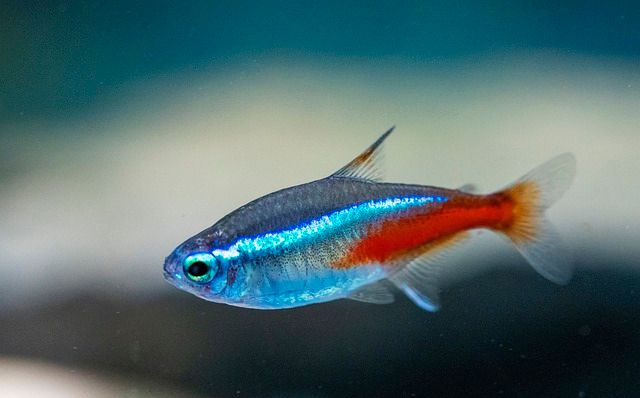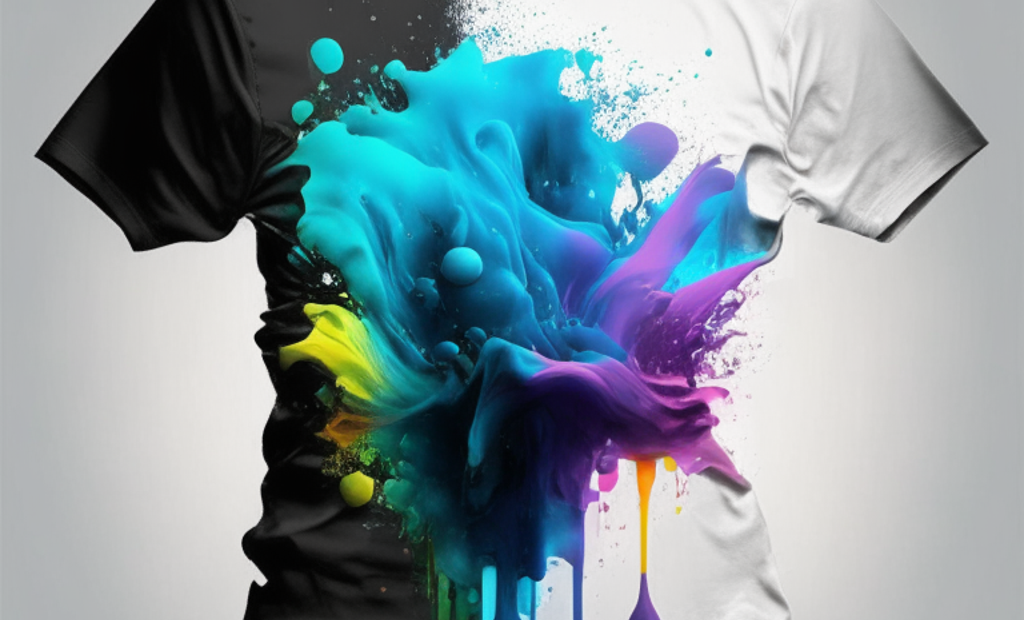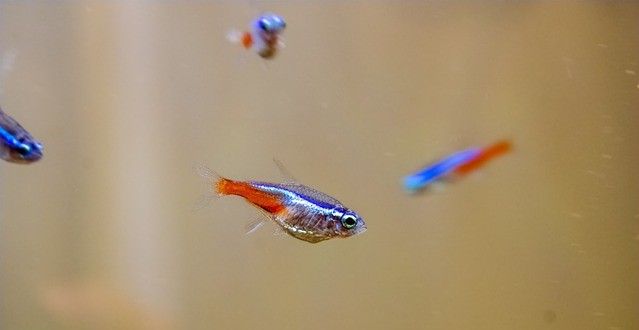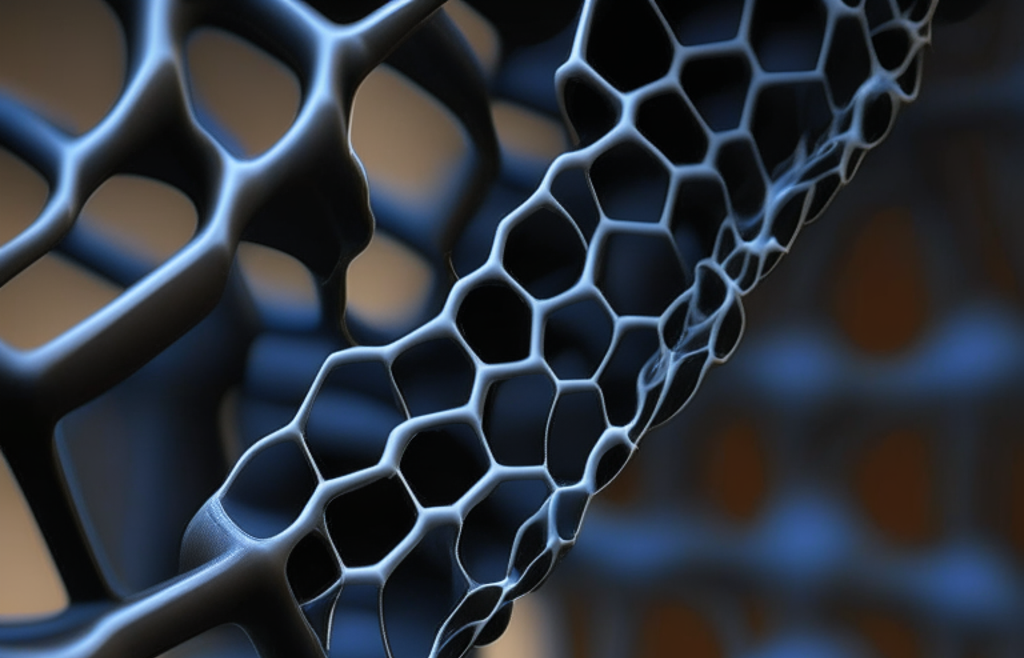Nanotechnology Provides New Route to Colour Changing Materials
Where would you apply nanotechnology so that a material could change colour?

The ability to change a material’s colour like a chameleon or octopus does would be game-changing for many industries.
In nature, colour changing can provide an adaptive advantage in camouflage, function as a warning to predators, or attract potential mates in the wild. However, the application of colour-changing materials goes beyond the natural world.
In architecture and design, colour-changing materials could provide aesthetic value or be used for a practical purpose, such as lighting up dimly lit or windowless spaces. They could also be used in modern designs in the fashion industry, automotive sector paints, or in façade coatings where buildings can change colour in response to environmental cues.
For years, scientists have studied the mechanisms behind colour-changing materials to develop new technologies. For example, sensors that change colour in response to temperature, humidity, or other factors are invaluable in fields such as medicine or environmental monitoring. Military researchers are also keen to employ colour changing materials or coatings to act as camouflage on combat clothing or tanks and guns.

At present, most studies into colour changing materials have focused on strain-induced colour tuning a process which alters the optical properties of a material (and therefore its colour) through the application of mechanical stress.
It is an environmentally friendly approach to colour tuning compared to traditional colour filters, which can release toxic heavy metals into the environment during manufacturing. Instead, strain-induced colour tuning be induced by bending, stretching, or squeezing, and can even be reversible, allowing for the material's colour to be tuned multiple times. In this way, the technology holds great potential in the manufacturer of wearable electronics, in pressure, temperature, or stress sensors, as well as electronic displays.

However, nanotechnology researchers from Elon University and North Carolina University have now found a new route to changing a material’s colour through the application of nanomaterials.
The nano-specialists were inspired, not by chameleons or octopuses, but by the brightly coloured stripes on neon tetra fish.
“Neon tetras can control their brightly coloured stripes by changing the angle of tiny platelets in their skin,” says Chih-Hao Chang, co-author of the study and an associate professor of mechanical and aerospace engineering at North Carolina State University.

In the same way, by manipulating the orientation of nanostructured columns in a layered material, the team found that the application of a magnetic field could change its colour.
As the study, now published in the journal ACS Nano, notes, “This effect emulates a microscopic ‘Venetian blind’ and results in dynamic optical properties through structural coloration that is tunable in real time.”
The nanotechnology-enhanced material has four layers. As the North Carolina University press release explains, “A silicon substrate is coated with a polymer that has been embedded with iron oxide nanoparticles. The polymer incorporates a regular array of micron-wide pedestals, making the polymer layer resemble a LEGO® brick. The middle layer is an aqueous solution containing free-floating iron oxide nanoparticles. This solution is held in place by a transparent polymer cover.”
As a magnetic field is then applied to the underside of the substrate, it draws the floating nanoparticles into columns, aligned over the pedestals. Adjusting the direction of the magnetic field, alters the direction that the nanoparticle columns are facing. This change of angle shifts the wavelength of light that is being reflected by the material – changing its colour.
“We've shown that we can shift the material's colour by using a magnetic field to change the orientation of an array of nanocolumns,” says Zhiren Luo, a PhD student at NC State and the paper’s first author. “For example, we were able to change the perceived colour of the material from dark green to neon yellow.”
“Next steps for us include fine-tuning the geometry of the column arrays to improve the purity of the colours,” adds Chang. “We are also planning to work on the development of integrated electromagnets that would allow for more programmable colour shifts.”

How far this technology can be moved towards advanced military camouflage or colour changing clothing remains to be seen. However, the breakthrough is a clear sign of the versatility of nanomaterials and how they can enhance a material or add new properties.
Colour changing creatures in nature continue to fascinate and catch the eye. With nanotechnology now providing countless applications and unique selling points for manufacturers, how long will it be before they are used to change the tone of a dress to suit the time of day, hide a soldier from the enemy as he moves from forest to urban terrain, or help create the latest teenage fashion in wearable tech?
Photo credit: Leroy Dickson on Pixabay, Maxime Dore on Unsplash, Gabriel Douglas, Gencraft, & Gencraft

